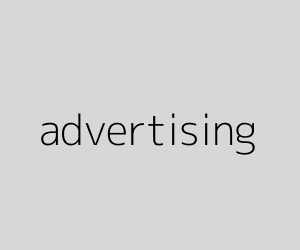-
16:40
-
13:00
-
17:00
-
16:00
-
10:20
-
10:00
-
09:30
-
16:20
-
15:00
Follow us on Facebook
YouTube Intensifies Fight Against Misleading Content with New Global Clickbait Policy
In a significant move to enhance platform integrity, YouTube is implementing stricter regulations to combat misleading video titles and thumbnails. The initiative, set to begin in India before expanding globally, targets what the platform terms "egregious clickbait content."
The problem of clickbait - where video titles or thumbnails make promises that the content fails to deliver - has become increasingly prevalent on the platform. For instance, videos might feature sensational titles about presidential resignations without any related content, or use AI-generated thumbnails with misleading "breaking news" labels.
Google, YouTube's parent company, addressed these concerns in a recent statement, noting that such practices "can leave viewers feeling tricked, frustrated, or even misled," particularly when searching for time-sensitive or crucial information.
The new policy introduces a grace period for content creators, allowing them to adapt to the guidelines without immediate penalties. While videos violating these standards will be removed, YouTube will initially refrain from issuing strikes against channels.
The platform plans to apply particularly stringent enforcement to breaking news and current events content, though specific definitions for these categories remain undisclosed. This focus reflects the platform's recognition of clickbait's potential to cause confusion in critical news situations.
The scale of the clickbait problem is substantial, with research indicating that nearly half of mainstream broadcasters' content contains clickbait elements. Content creators often employ such tactics to boost views and revenue on the platform.
This initiative follows YouTube's earlier efforts to combat misinformation, including the October 2023 introduction of labels identifying AI-modified videos. However, these existing tools have shown limitations in their scope and effectiveness.
Google emphasizes that the new enforcement strategy will primarily target newly uploaded content, marking a forward-looking approach to building a more trustworthy video platform, particularly for those who rely on YouTube as a daily news source.



